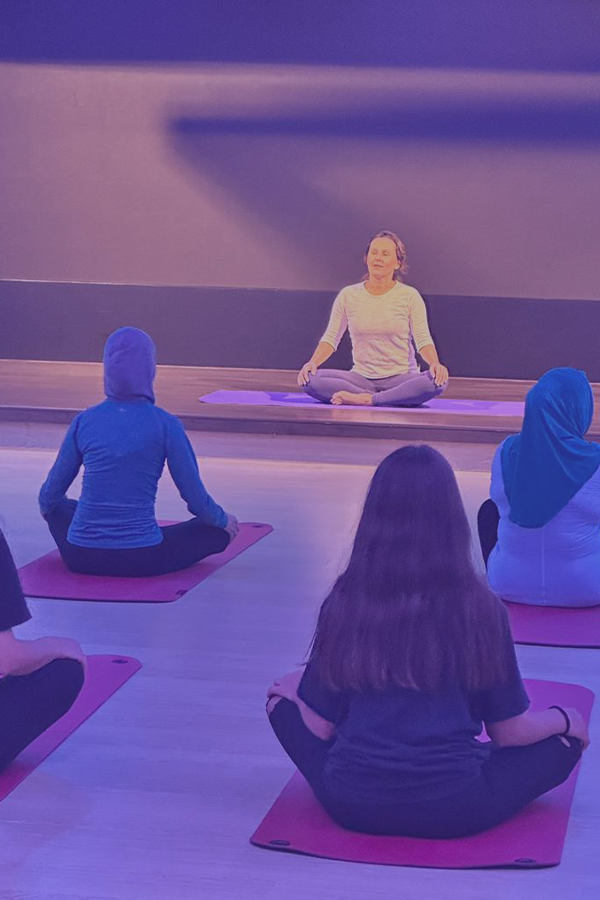
How to Pick the Right Running Shoes
Running is the ultimate exercise for everyone. It can be a great introduction to exercise, regardless of your level of experience with physical fitness.
Having said that, the appropriate shoes can greatly improve your running experience. But not every pair of shoes will fit you. Whichever pair you decide on must be comfortable for your typical running stance and fit properly from heel to toe.
Here are the key decision points to help you find a shoe that fits and feels good:
- Think about where you’re planning to run.
Your best shoes should have a flatter, smoother sole to ensure a continuous surface if your workout venue is on pavement. Additionally, they are lightweight and flexible, designed to balance or cushion feet during prolonged strides on flat, hard surfaces.
But if you are working out in a gym, cross-training shoes are your partner. Cross-training shoes are designed for gym workouts, cross-training, or any other balance activity where having more contact with the ground is preferred over a thick platform sole.
- Decide if you want more or less cushioning underfoot.
From maximally cushioned midsoles to ones with no cushion, how thick or firm the midsoles below your feet is a matter of personal preference. Some runners want a plush, soft ride for extra comfort. Others don’t want or need that much cushioning, preferring more response from each stride. The best way to decide is to try on a variety of shoes and see how they feel.
- Understand whether you need a specific type of support for your gait.
Most runners will be able to choose a neutral shoe, but if your foot tends to roll to the far outside or inside, there are stability shoes and motion control shoes to choose from.
- Make sure the shoes fit well.
Your shoe should fit well from the start, with no breaking-in period. To check if the shoe fits, it is important to get both your feet measured and try on both shoes instead of just one. Another tip to check is to try on shoes at the end of the day and aim for a thumbnail’s length of space in the toebox.





